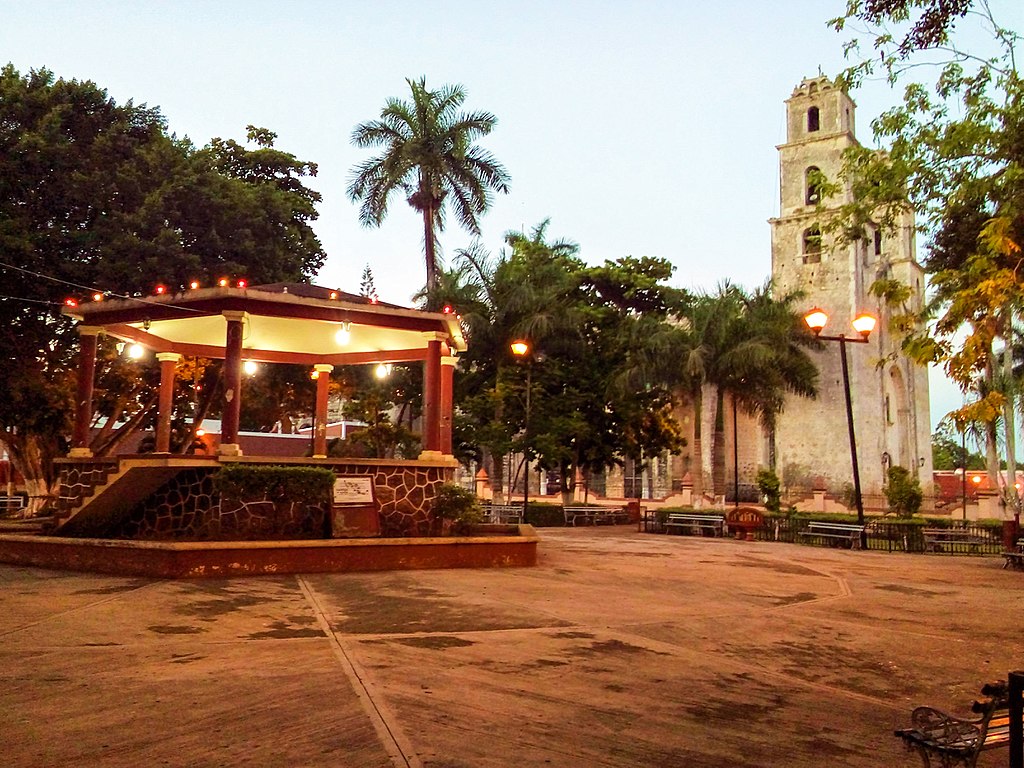Espita Town in Yucatan

When you walk the streets of Espita, the town will probably impress your senses. Especially the architectural wonders that have earned it the endearing title of “the Mexican Athens.” The town’s main constructions have a delightful fusion of colonial and indigenous influences. They are reminiscent of ancient Greek civilization. The harmonious coexistence of these architectural styles paints a picture of the town’s historical journey and its dynamic evolution over time. Here are some tips on Espita Town in Yucatan.
Church of San José
The Church of San Jose, an ancient building that was built in the seventeenth century in honor of St. Joseph, hence deriving its name. Over the years it has undergone some modifications, for example in 1738 due to a fire, it had to be rebuilt. The church is large, with two towers on two sides, made of stone and maintaining its color despite the centuries.
Espita Town in Yucatan: Parish of San Juan
Parish of San Juan Bautista, beautiful church built in the XVI century, its colonial architecture and details make it a must-see in Espita. It also highlights the beauty of its main square, its colorful handcrafted houses made with the technique of masonry, a process widely used in Yucatan.
The Square
The main square of this charming town stands as the bustling heart of activity, drawing both locals and tourists alike with its vibrant ambiance and proximity to various tourist attractions. As is the case with many towns of this kind, the main square becomes a lively hub of gatherings, where the enchantment of the surrounding sights comes together to create an unforgettable experience.
At the very center of this bustling square proudly stands a picturesque kiosk, an iconic symbol of the town’s cultural identity. Positioned strategically, standing beneath the kiosk’s sheltered embrace offers a breathtaking view of the aforementioned church, an architectural marvel that graces the skyline with its timeless beauty.
Espita Town in Yucatan: How to get there
Located 165 km from Mérida, its proximity to Valladolid (49 km) and Tizimín (27 km) makes it a tourist, cultural and natural hub in eastern Yucatán that is attracting more and more visitors.
